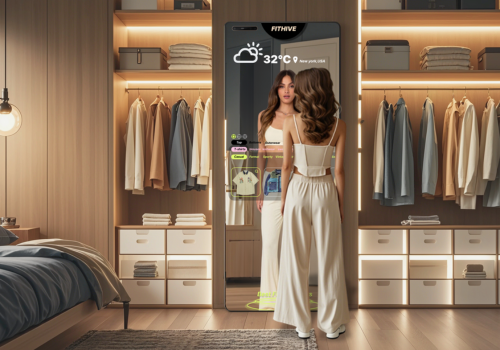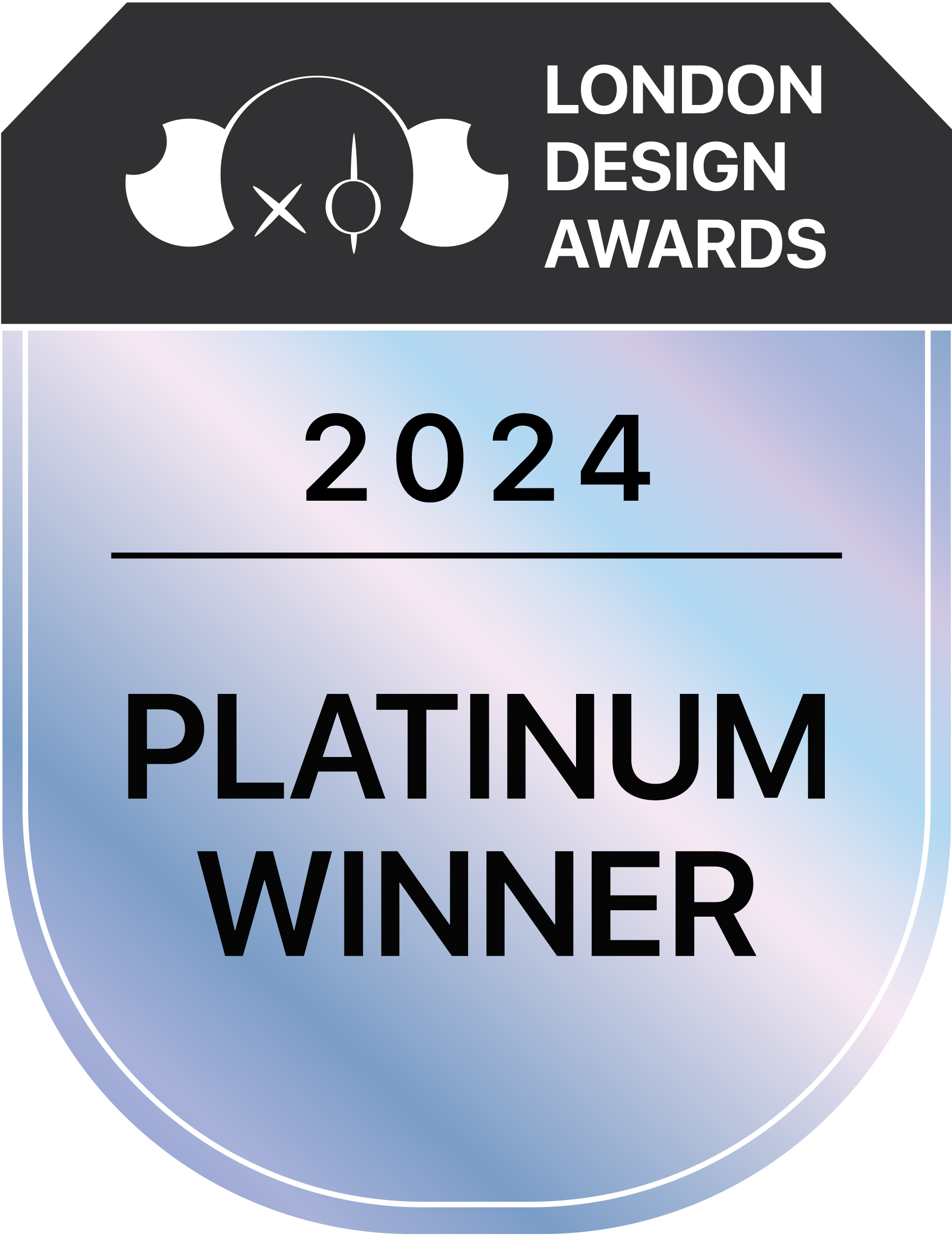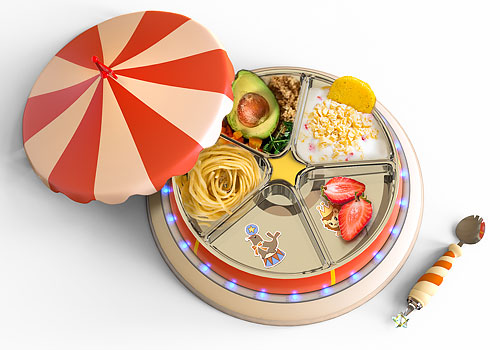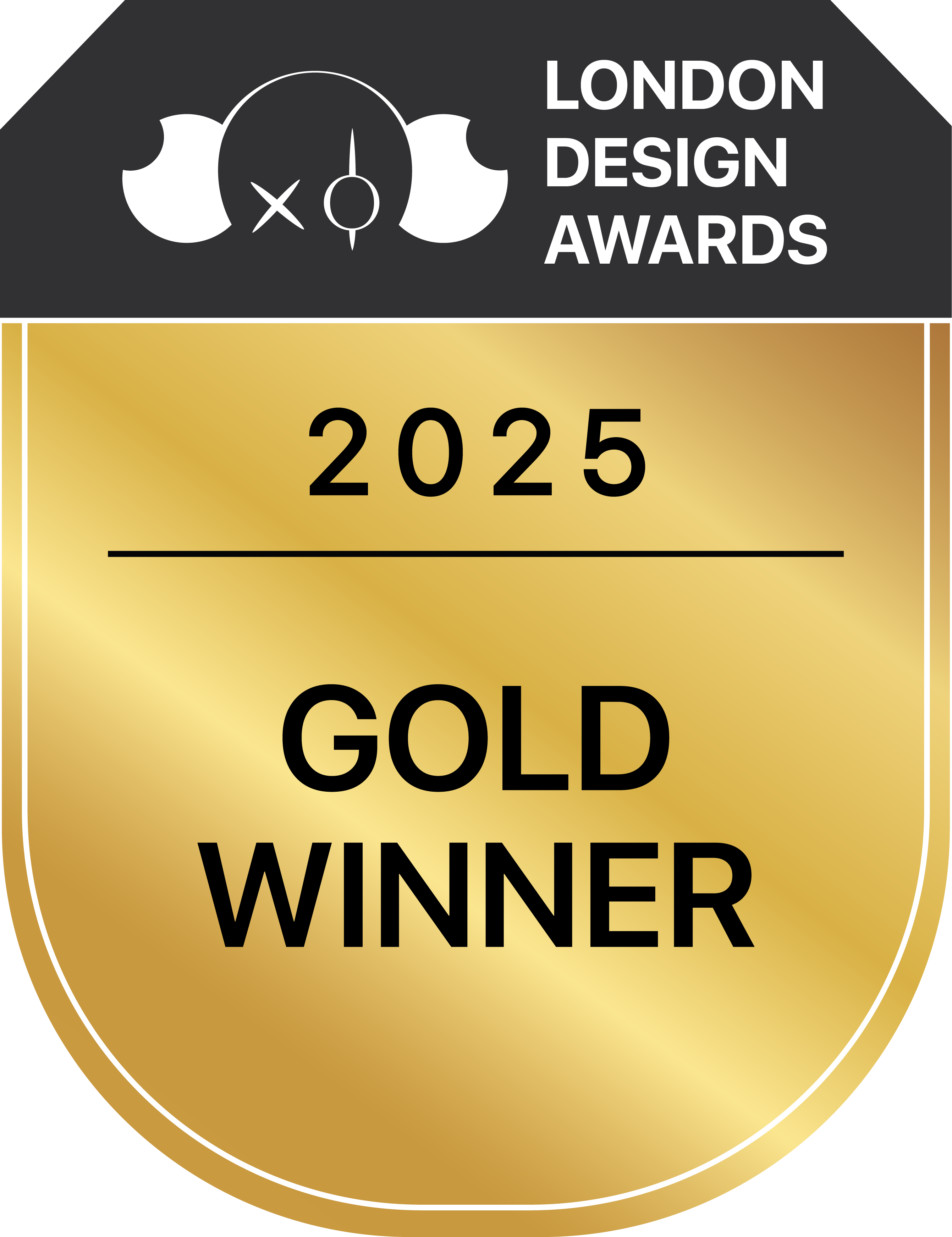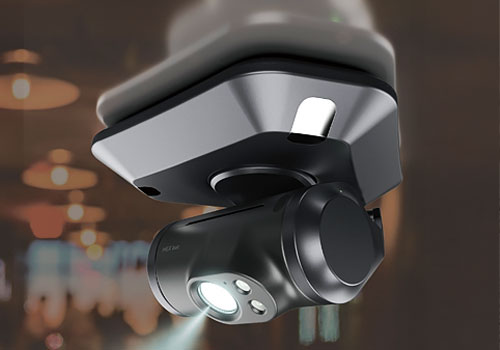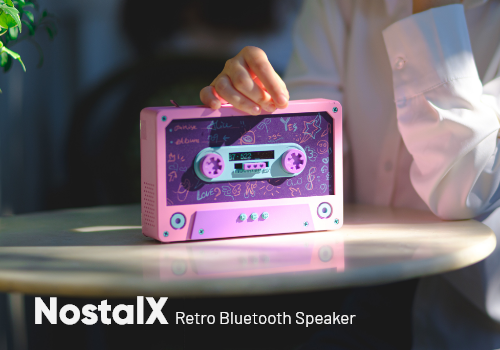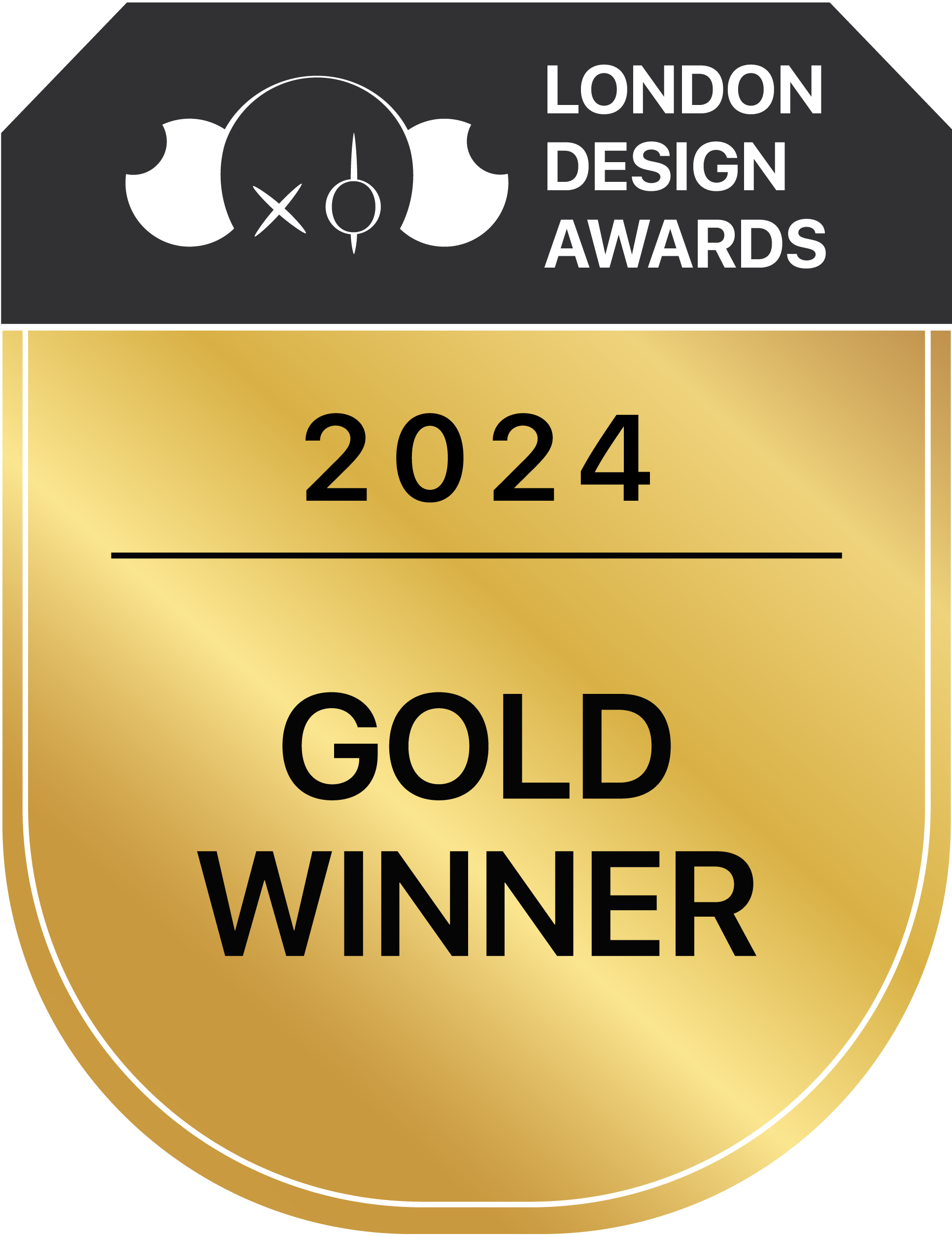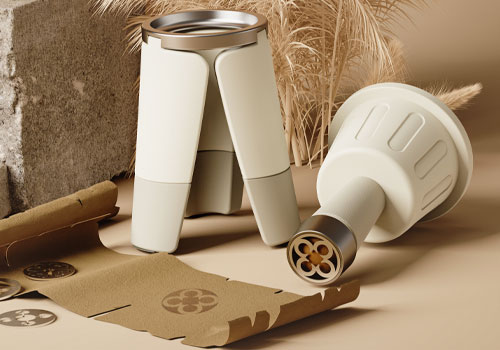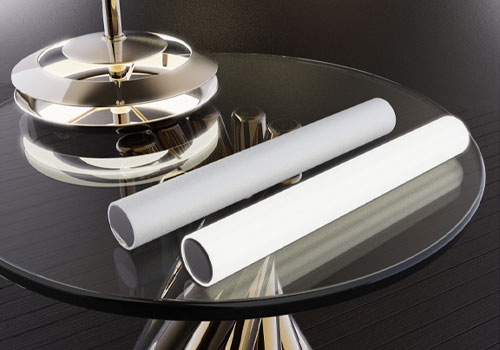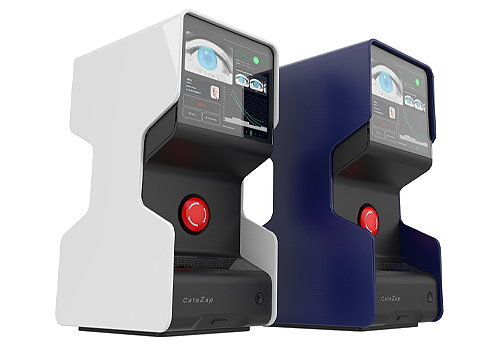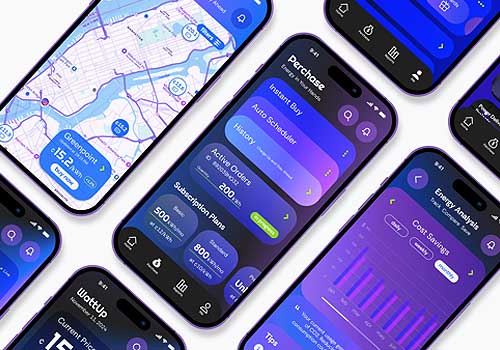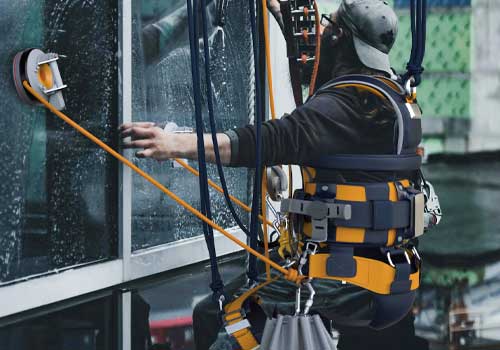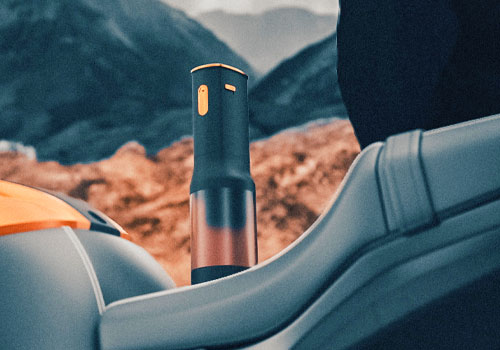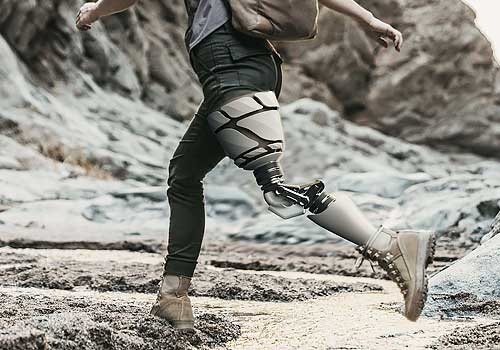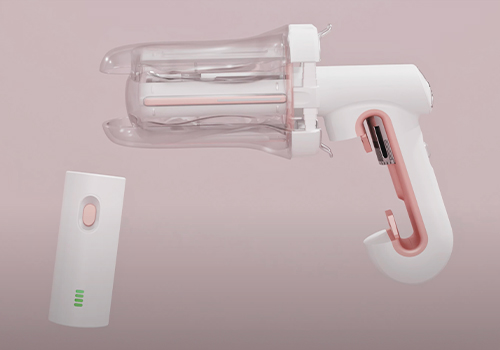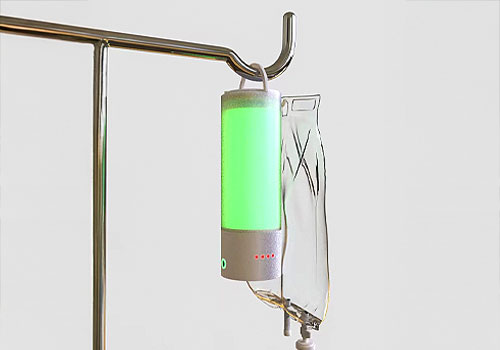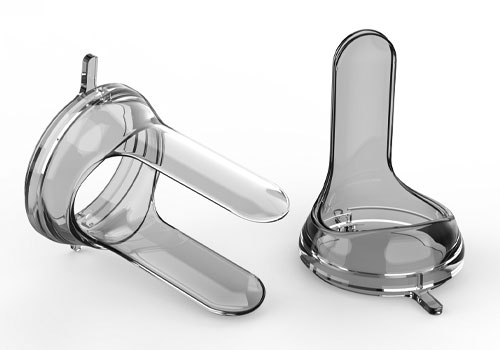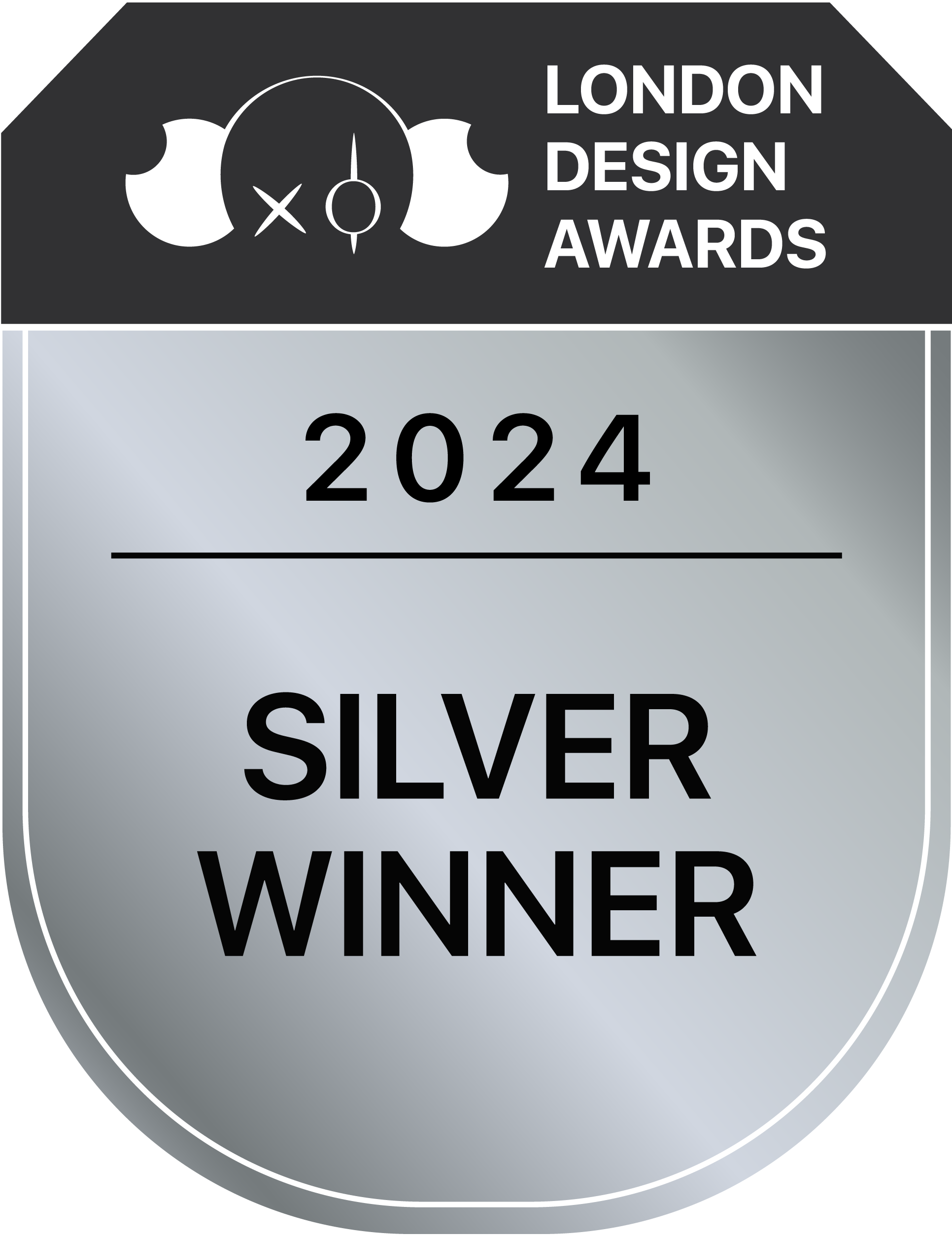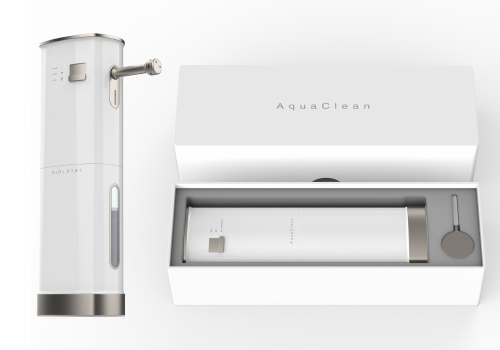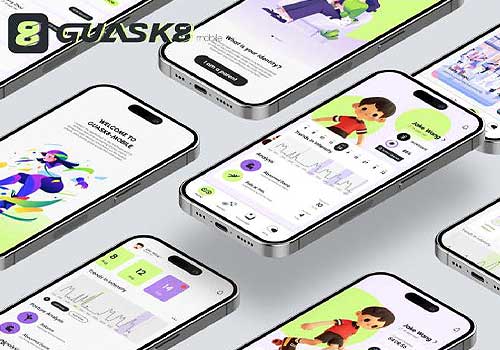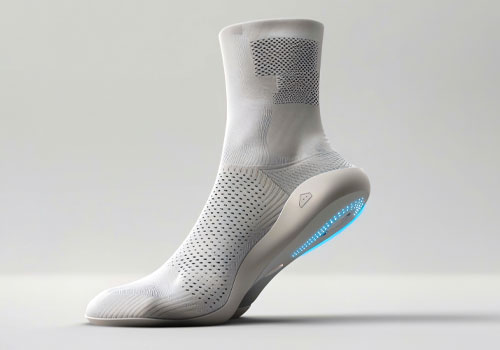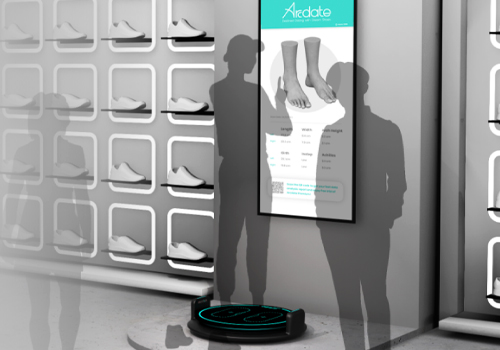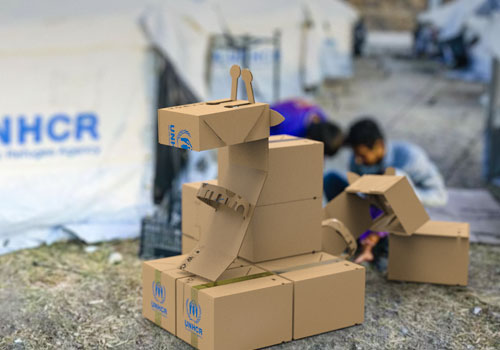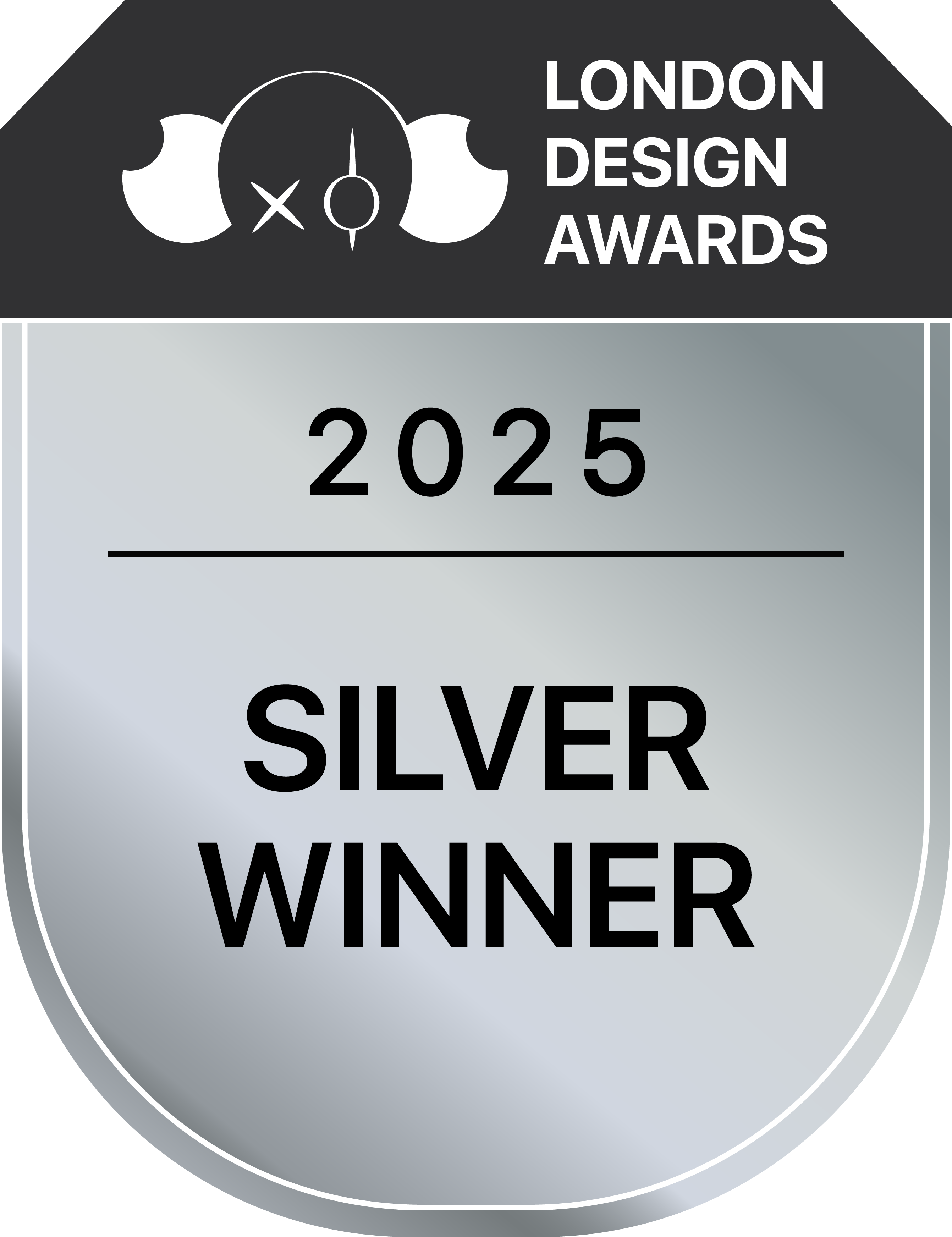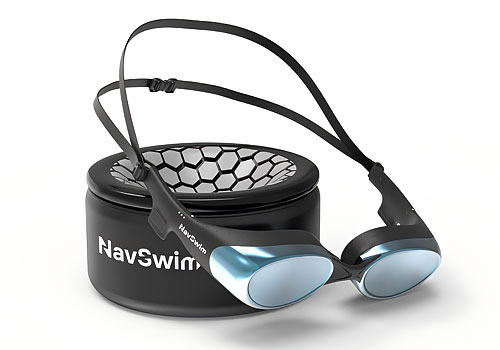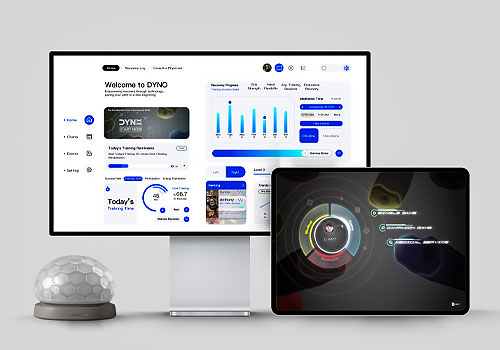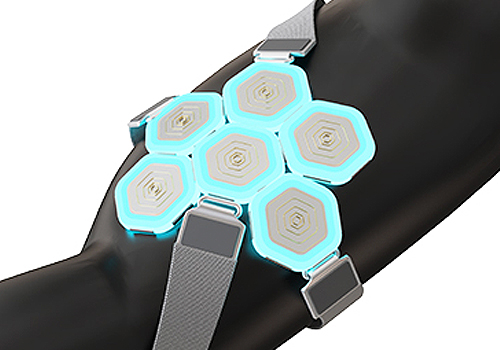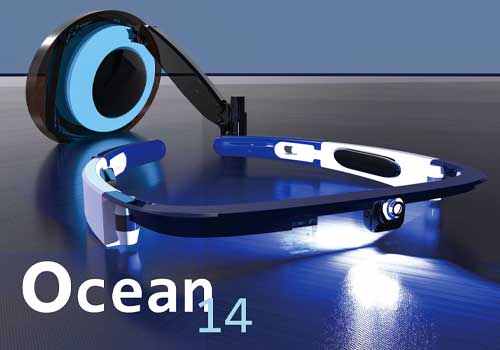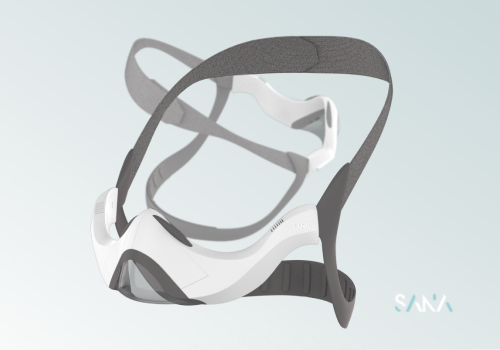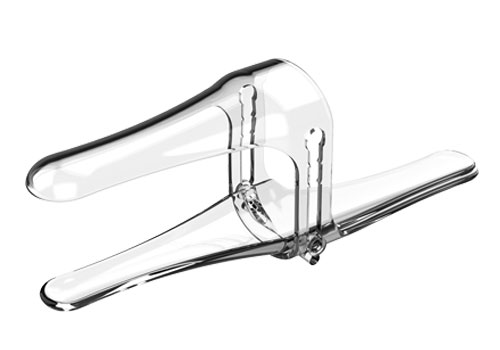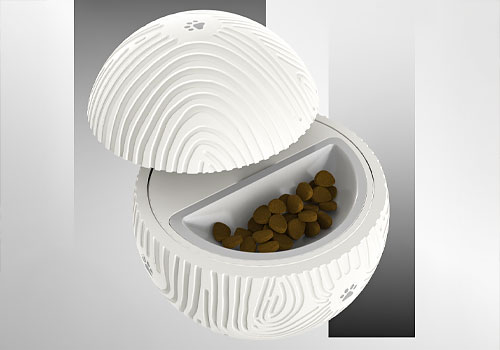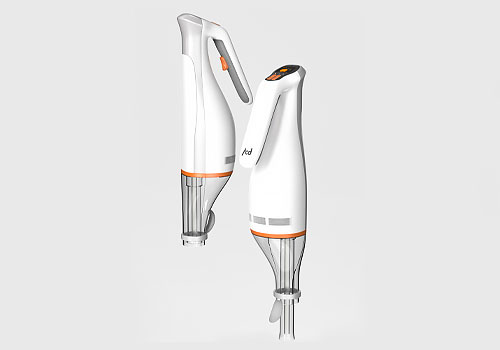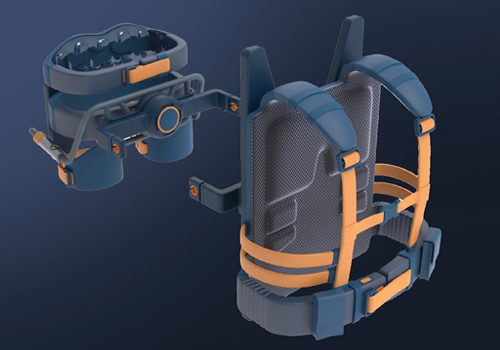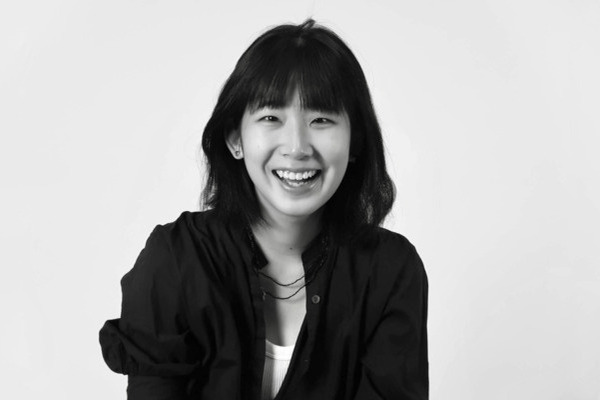
Jiayu Hu
1. Please give us a brief bio of yourself and your design background.
My name is Jiayu Hu, and I am a communication designer based in Brooklyn and Beijing. I specialise in branding, UI/UX design, and service design, combining creativity and strategy to craft impactful, user-centered experiences. I earned my BFA in Digital Communication and Media Design from Pratt Institute, with minors in History of Art and Interdisciplinary Book Design.
2. What made you become/why did you choose to become a designer/artist?
Since I was a kid, I’ve been drawn to observing the world around me and finding ways to tell stories through drawing and creating. Over time, I became fascinated by how thoughtful design can enhance people’s experiences and solve real-world problems. This passion for blending creativity with functionality naturally led me to a career in design, where I strive to create meaningful and impactful experiences that improve lives.
3. Tell us more about your agency/company, job profile, and what you do.
I work as a communication designer at a strategy-driven design venture studio, collaborating with teams to integrate spatial and digital elements through brand expressions, architectural interiors, and hospitality experiences. My role involves crafting branding experience solutions for clients, designing user interfaces, developing creative strategies, and ensuring that each design aligns with business goals while meeting user needs.
4. What does “design” mean to you?
Design, to me, is a game of exploration. It’s about diving into the unknown and discovering new ways to make the complex simple and the ordinary extraordinary. It's like taking a blank canvas and filling it with a mix of innovation, empathy, and just a dash of playfulness, to create something that people can truly connect with.
5. What’s your favourite kind of design and why?
My favourite kind of design focuses on creating seamless, meaningful experiences by blending creativity, empathy, and problem-solving with emerging design strategies. I’m particularly drawn to the transformation of services into experiences that are both functional and delightful.
What excites me is understanding the bigger picture—how user needs, business goals, and operational processes align to shape intuitive, human-centered solutions. Ultimately, it’s about improving lives and making everyday interactions simpler and more enjoyable.
6. To you, what makes a “good” design?
A good design seamlessly combines functionality, visual appeal, and emotional resonance. It balances aesthetics with purpose, addressing user needs while solving problems effectively. Intuitive and simple, it leaves a lasting impact by enhancing everyday experiences. Additionally, a good design embraces innovation and sustainability, ensuring it is practical, meaningful, and relevant in a constantly evolving world.
7. How did you come up with the idea for your award-winning design?
The idea for my award-winning project came to me while walking past an IKEA in Brooklyn. I noticed a parking lot filled with idle school buses, which sparked a thought: What if these buses could be repurposed to address NYC's growing energy demands?
This led to the development of the Magic School Buses project and the WattUp platform, which transform electric school buses into mobile energy storage units. WattUp enables users to purchase electricity efficiently, providing a creative and sustainable solution to urban energy challenges.
8. What was your main source of inspiration for this design?
My main source of inspiration for this design came from my desire to combine technology with sustainability to address the urban challenges I’ve observed as a city dweller. The increasing strain on energy grids and the growing demand for sustainable solutions motivated me to find innovative ways to optimise energy use. The idea of repurposing electric school buses as mobile energy storage units felt like a creative yet practical solution to these issues, offering a way to contribute to a more sustainable and healthier city.
9. Do you think your country and its cultural heritage has an impact on your design process?
Yes, growing up in Beijing, moving to Maryland, and studying in New York City have exposed me to a variety of cultural contexts that have deeply shaped my perspective. Each place has its unique challenges, influenced by factors such as population, cultural background, and societal needs.
In Beijing, I witnessed the fusion of tradition and modernity; in New York, I encountered a vibrant mix of global influences; and in Washington, D.C., I saw how policy shapes public services and spaces. These diverse experiences have enhanced my understanding of how culture and environment impact design, allowing me to approach problems with a broader mindset.
10. Congratulations! As the winner of the London Design Awards, what does it mean to you and your company and team to receive this award distinction?
Thank you! Winning the London Design Awards is a profound honour. It recognises the dedication and passion poured into this project and validates the journey of exploration and creativity. This award inspires continued innovation, pushing the boundaries of design, and motivates me to make even more meaningful contributions through my work.
11. Can you explain a bit about the winning work you entered into the London Design Awards, and why you chose to enter this project?
I entered the 'Magic School Buses' project for the London Design Awards because it provides a sustainable solution to NYC's energy challenges. By repurposing idle electric school buses into mobile energy storage units, the project addresses urban energy needs.
This innovative and practical approach to sustainability and energy makes it a strong contender for the award, with its potential to reduce grid pressure and lower electricity costs, making it both environmentally and economically beneficial.
12. What were the main challenges you faced during the design process, and how did you overcome them?
During the design process, balancing innovation with practicality was a key challenge, particularly in using electric school buses as mobile energy storage. This required extensive research into energy storage technologies, grid integration, and ensuring reliability during peak demand. Designing the WattUp software to manage complex tasks while remaining user-friendly also presented challenges.
To overcome these, I conducted thorough research, including interviews and case studies, and focused on simplifying the user experience. Through prototyping and testing, I refined the platform to ensure it was both efficient and accessible, ultimately creating a practical solution to real-world energy challenges.
13. How do you think winning this award will impact your future as a designer?
Winning this award will undoubtedly have a positive impact on my future as a designer. It validates the ideas and concepts I’m passionate about, reinforcing my belief in the power of design to solve real-world problems. It also opens doors to new opportunities, collaborations, and recognition within the industry.
This recognition will inspire me to continue pushing creative boundaries, take on even more ambitious projects, and contribute to making a meaningful impact through design. It has reaffirmed my commitment to using design as a tool for innovation and positive change.
14. What are your top three (3) favorite things about the design industry?
My top three favourite things about the design industry are its ability to spark creativity, its potential to make a positive impact on society, and the collaborative nature that fuels innovation. The design provides endless opportunities to push creative boundaries and explore new ideas.
I also appreciate how design can improve lives by solving problems, enhancing experiences, and addressing global challenges. Finally, the industry’s collaborative environment, where diverse perspectives come together to create innovative solutions, is incredibly inspiring and rewarding.
15. What sets your design apart from others in the same category?
What sets the design apart is its innovative approach to urban energy utilisation, seamlessly integrating sustainability and practicality. By leveraging existing resources like electric vehicles for energy storage, the design addresses critical urban challenges such as grid pressure and renewable energy management.
It combines cutting-edge technology with user-centered functionality, offering solutions that are not only environmentally conscious but also scalable and adaptable to modern cities.
16. Where do you see the evolution of design industry going over the next 5-10 years?
In the next 5-10 years, I see the design industry evolving with a strong emphasis on sustainability, inclusivity, and technology. Emerging technologies like AI, VR, and blockchain will create more immersive, personalised experiences and services.
Sustainability will drive the adoption of eco-friendly solutions, while diversity and inclusivity will ensure designs cater to a wider range of needs. Cross-disciplinary collaborations will become more prevalent, allowing designers to tackle complex global challenges across sectors like engineering, healthcare, and education.
17. What advice do you have for aspiring designers who want to create award-winning designs?
For aspiring designers aiming to create award-winning work, my advice is to seek collaboration and feedback. Working with others and being open to feedback helps improve your designs and pushes you to think differently. Stay adaptable to the ever-changing design landscape, and think beyond the obvious.
Every challenge presents an opportunity to refine your skills, and by embracing new trends and ideas, you’ll stay relevant in the industry. Most importantly, push yourself to innovate and find creative solutions that not only stand out but also address real-world problems in meaningful ways.
18. What resources would you recommend to someone who wants to improve their skills in the design industry?
To improve skills in the design industry, Speculative Everything: Design, Fiction, and Social Dreaming by Anthony Dunne and Fiona Raby offers valuable insights into innovative, future-focused design thinking. Participating in challenges like 100 Days of Design helps build discipline, expand portfolios, and push creative boundaries.
Engaging in online courses, webinars, and design communities fosters skill development and provides opportunities for constructive feedback. Testing designs and actively seeking feedback are essential steps in refining work. These resources contribute to both creative and technical growth.
19. Tell us something you have never told anyone else.
I’ve never told anyone that I sometimes find my most creative ideas when I’m not actively trying to be creative. Whether it’s in a quiet moment with a cup of tea, a random conversation with a stranger, or just watching a sunset, I’ve realised that inspiration often strikes when I’m not forcing it.
I’ve learned that stepping away from a problem and allowing myself to just be in the moment often brings the clarity I need. It’s a reminder that creativity isn’t just about working hard—it’s about being open to the world around you and letting it guide you.
20. Who has inspired you in your life and why?
My greatest inspiration comes from both my parents. My mother’s creativity and love for the arts shaped my perspective from a young age, teaching me to find beauty in the simplest things and encouraging me to see the world uniquely. Her unwavering support has been instrumental in my growth as a designer, showing me that true creativity knows no bounds.
My father, on the other hand, has been my rock, always lifting me with his wisdom when I’m down and showing love through his care for our family, especially through his cooking. Together, they provide me with constant inspiration and support, each guiding me in different ways on my creative journey.
21. What is your key to success? Any parting words of wisdom?
My key to success is a combination of perseverance, curiosity, and embracing challenges. Staying curious and continuously learning helps me grow, while persistence ensures I keep pushing forward, even when things get tough. I’ve learned that failure is just part of the process and often leads to the most meaningful lessons.
My parting words of wisdom would be to stay true to yourself, trust your journey, and never stop exploring new possibilities. Success is not just about the destination, but the growth you experience along the way.
